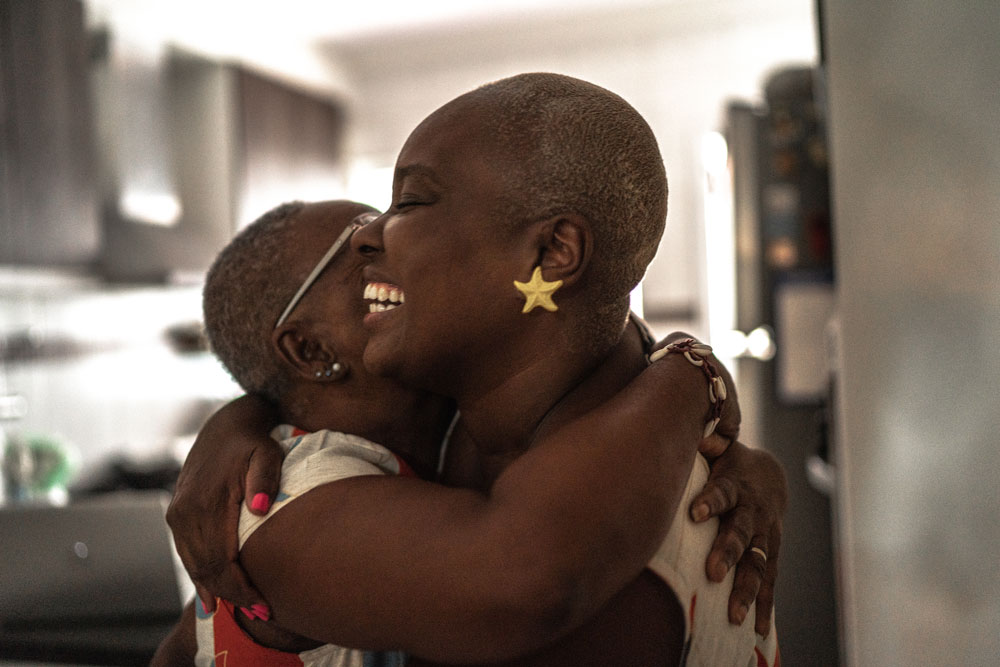Patient Advocacy Groups: A vital partner for sponsors that understand how to engage with patients
 Julie has spent more than 25 years advocating for patients with chronic diseases, both professionally and personally. She has extensive experience in recruiting, engaging, and retaining patients in clinical research. At Parexel, she focuses on engaging with patient advocacy groups (PAGs), patient communities, and social media influencers to improve the clinical trial experience for both patient and sponsor.
Julie has spent more than 25 years advocating for patients with chronic diseases, both professionally and personally. She has extensive experience in recruiting, engaging, and retaining patients in clinical research. At Parexel, she focuses on engaging with patient advocacy groups (PAGs), patient communities, and social media influencers to improve the clinical trial experience for both patient and sponsor.
Perhaps like no other industry, the drug development community is fortunate to have a ready source of invaluable information and feedback about the “user experience” via patient advocacy groups (PAGs). In an online survey conducted by Pharma Intelligence and Rare Patient Voice in May 2021, a disease/patient advocacy group website emerged as a key source of information for people interested in clinical trials.1 For sponsors, nurturing relationships with these organizations is not only smart business; it’s essential. But how? This article explains more about PAGs and offers best practices for engaging with them productively.
Patient Support, Education, and Advocacy
Over the past 30 years, from their beginnings in grassroots patient activism, these groups have earned a seat at the table as authentic representatives of patient perspectives. They educate, advocate for, and provide support services to patients and caregivers. Patient advocacy groups range from large, structured organizations to small volunteer-run groups and number in the thousands worldwide. They share common goals with sponsors and CROs:
-
Disease cure or better treatment options
-
Ethical conduct of research
-
Minimizing time to approval of new treatments
-
Maximizing patient care, quality of life, and survivorship
-
Streamlined research policies and procedures
PAGs also allow an opportunity to engage with patients and caregivers to replace assumptions with real insights, ensuring that clinical trials are designed and conducted with patient needs at heart.
Mutual Respect and Shared Goals
Engaging with PAGs is not an exercise in recruitment or a transaction but a long-term partnership built on mutual respect and common goals. A successful PAG strategy works best for clinical trials as part of a targeted patient engagement plan incorporating patient recruitment and site engagement solutions.
There are many different types of PAGs, some focusing on lobbying, others on research or policy. Some are disease agnostic; others are more patient-specific. The role of the PAG depends on several factors, such as the disease area and maturity level of the organization. Note that the support provided by PAGs differs by geographic area. For example, in some countries in Eastern Europe, the level of support differs significantly from that in the U.S. Also, keep in mind that you might need to engage with several groups to bring the threads together, including informal online patient groups.
Engaging productively with PAGs requires a thorough understanding of their missions. Also essential is a clear knowledge of your objectives for the engagement and awareness of what the group might gain from you. For example, you could be seeking input on protocol, recruitment strategies and messaging, or access to qualified patients and ways to communicate with them. The PAG, on the other hand, might be seeking connections to key opinion leaders (KOLs), financial and in-kind support, or direct involvement in trial design, for example.
Engagement Throughout the Product Development Lifecycle
When should you engage with PAGs? At every stage of the drug development lifecycle. During the discovery and development stage, survey PAGs to evaluate treatment needs and gaps, identify KOLs, and build awareness of the trial. For early clinical studies, consult with them on protocol, endpoints, and messaging for patient communications. During late-phase trials, partner with PAGs to gather real-world evidence and patient experience data.
Post-approval, share study results and plain-language summaries with PAGs and patients and include their insights within the market access strategy and planning. For the patients involved in the trial, help them understand study outcomes and how to transition to a post-study treatment plan. Finally, you can work with PAGs to identify treatment use and compliance issues and include their representatives on committees and advisory boards.
How Parexel Can Help
At Parexel, our patient advocacy group engagement service is wholly dedicated to supporting our customers and demonstrating our commitment to our “patient-first” ethos. For example, we began a key collaboration with several PAGs across the globe, such as National Health Council in the U.S., Global Genes, and NORD. In 2018, we entered into a strategic partnership with Illness Challenge Foundation (ICF) in China, yielding direct insights from rare disease patients to improve their access and experience in clinical trials. We actively work with PAGs to:
• Raise clinical trial awareness
• Provide training about clinical trials
• Contribute to the patient-centric clinical trial discussion
• Help sponsors find patients, especially in the rare disease area
Our team offers a single point of contact to help you build lasting, mutually beneficial relationships with PAGs toward gaining invaluable insights for your clinical development programs. Our services are fully integrated with Parexel’s clinical development capabilities, providing a seamless connection between the patient’s voice and clinical trial operations. By engaging with patient advocacy groups in this way, we can help you design a development program that demonstrates improved patient outcomes and communicate this added value all the way to market.
For more information about our services, please contact us at +pagengagementservices@parexel.com.
[1] Pharma Intelligence and Rare Patient Voice, May 2021.






